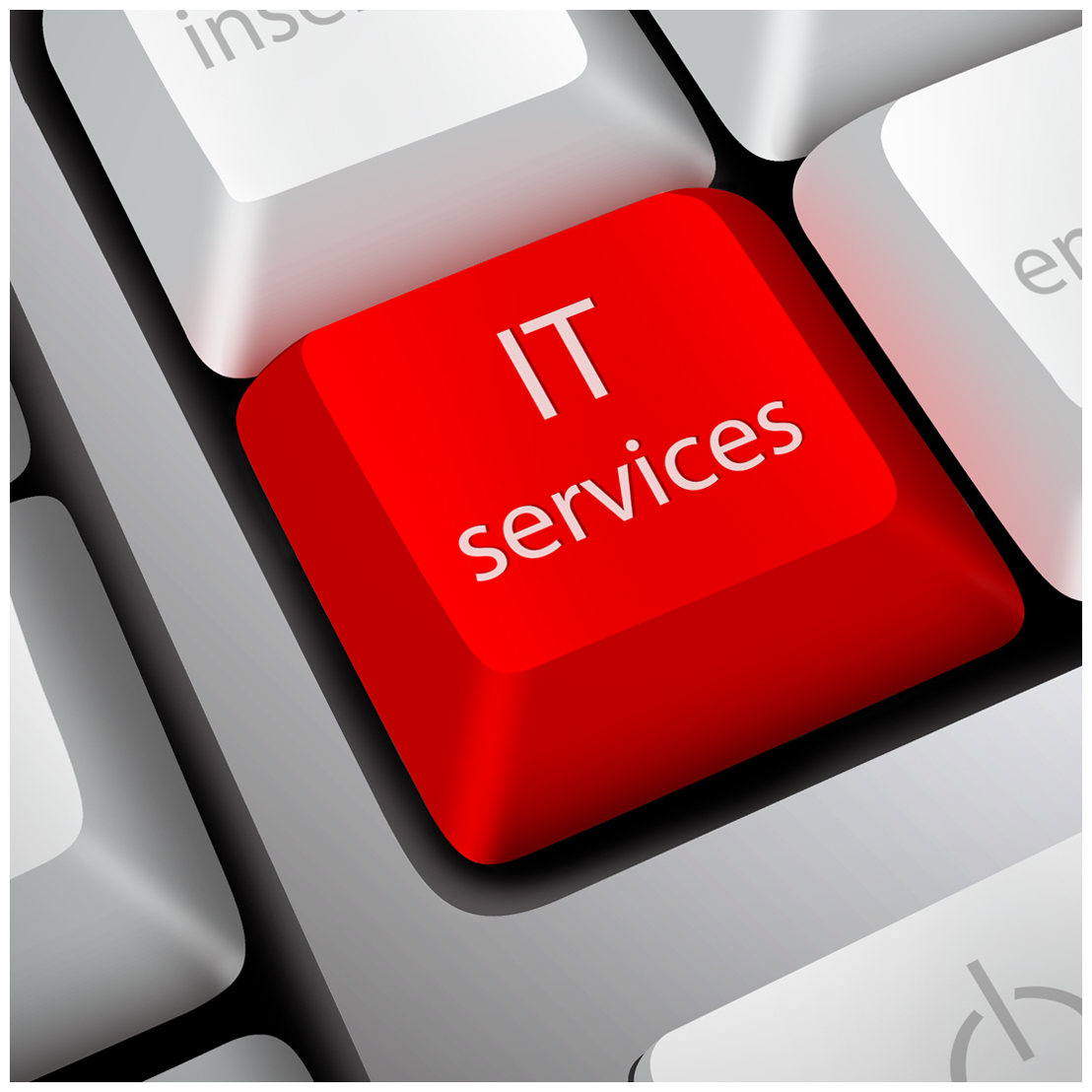3 Step Guide to Selecting the Right Catastrophe Recovery Option
Whether it's a ransomware attack, a natural catastrophe, or corruption of a consumer's database, you want to ensure that your company's IT system can recuperate. Having a business continuity and disaster healing (BCDR) plan is essential. There are a wide variety of BCDR options (on-premise, hybrid, or cloud-based), and it's essential to choose the very best one for your company requirements. Here's what you should be looking out for when examining your next BCDR service.
Find the Right Business Continuity/Disaster Recovery Solution in 3 Steps:
1. Assess BCDR and DRaaS Solutions
Among the greatest aspects when picking a BCDR option is determining whether you'll outsource assistance or manage it internally. If you plan on contracting out support, you'll need to partner with a managed companies (MSP) that excels in continuity and compliance solutions. Given that numerous BCDR options combine cloud, software, and hardware aspects - you'll need a procedure to support your virtual possessions, regional servers and desktops. BCDR hardware has a number of purposes including:
Hosting BCDR software application
Sending server images to the cloud for disaster recovery
Keeping regional copies of backup server images for routine brings back
Acting as the main server throughout a failover, allowing organization to continue throughout restorationBCDR software is utilized to automate and manage backup and recovery processes. After a preliminary complete server backup, BCDR software application takes incremental snapshots to create "recovery points" or point-in-time server images. Recovery points are utilized to restore the state of a server or workstation to a particular time (before it failed or data was damaged).
2. Look For BCDR Cloud Options
The best BCDR solutions have a cloud backup along with a healing component. This is because the cloud serves 2 purposes in a BCDR solution. The very first is to provide offsite storage area for server and workstation images utilized for restores. The 2nd is to take control of important operations when a failover takes place.
Backups can be kept locally - on a device or backup server in your data center - or remotely, in the cloud. For BCDR, it's best to keep copies of your backups in both places. Simply put, if it's not possible to bring back a system locally, you can failover to the cloud. Likewise, your option ought to address a range of information restoration circumstances, varying from restoring a couple of lost files to recovering from business it support a complete server failure or the destruction of multiple servers and PCs. Bring back from local backups is much faster, while the alternative of failing over to the cloud gives you supreme protection versus worst-case situations.

3. Address Security and Compliance Frameworks
A BCDR ought to deal with ransomware detection, point-in-time rollback capabilities, and data immutability. It's important to search for BCDR options that adhere to Service Organization Control (SOC 1/ SSAE 16 and SOC 2 Type II) reporting requirements and feature two-factor authentication. This can assist safeguard your information and decrease the requirement for manual intervention. If you want to find out how to keep your company healthy and protected, reach out to us for a totally free IT assessment.
